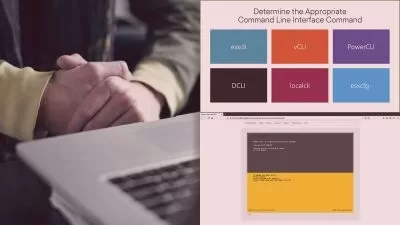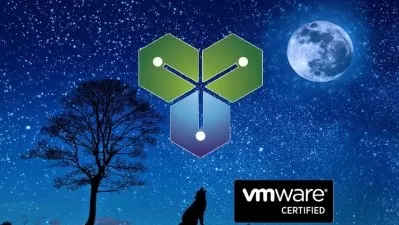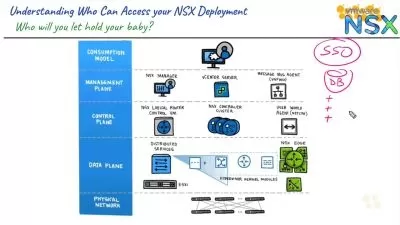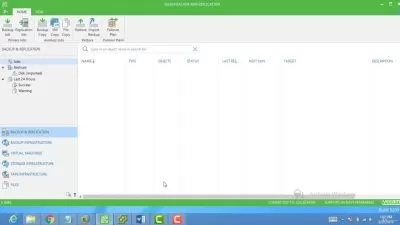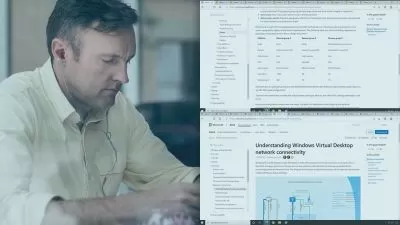Getting Started with Vagrant
Wes Higbee
3:04:15
Description
Manually managing VMs is often a nightmare. This course will teach you how to create VM environments at the push of a button with Vagrant.
What You'll Learn?
VMs are a powerful tool, but manually setting them up is usually an insurmountable obstacle. In this course, Getting Started with Vagrant, you’ll learn how Vagrant takes the pain out of leveraging VMs. First, you’ll explore defining and running VMs with a Vagrantfile. Next, you’ll discover provisioning software automatically inside the VM. Finally, you’ll learn how to scale this to multi-machine environments. When you’re finished with this course, you’ll have the skills and knowledge of Vagrant needed to create real world dev, test, and integration environments.
More details
User Reviews
Rating
Wes Higbee
Instructor's Courses
Pluralsight
View courses Pluralsight- language english
- Training sessions 96
- duration 3:04:15
- level preliminary
- English subtitles has
- Release Date 2023/01/08






